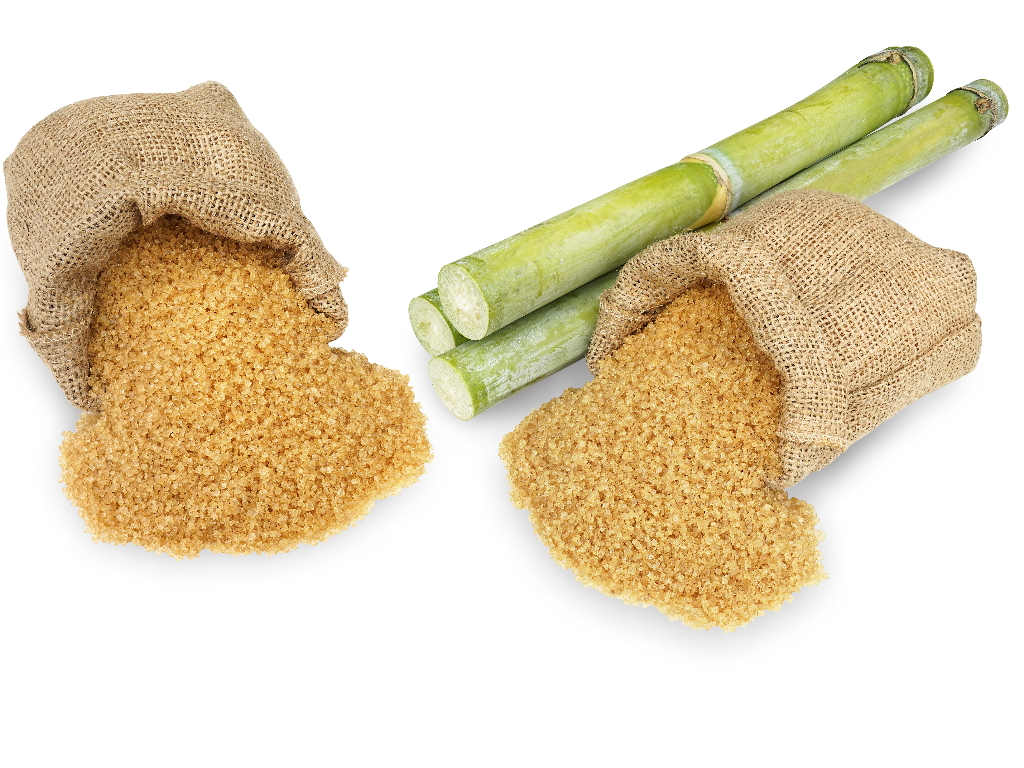By Beatrice Awuor
Understanding sugar specifications and investing in quality control and quality assurance is not just about meeting regulatory requirements; it is crucial for maintaining quality and ensuring consumer safety and satisfaction. Quality control measures are essential throughout sugar production and handling because they directly affect the taste, texture, and shelf life of food products, as well as consumer safety. Guaranteeing consistent product quality places a product at a competitive advantage. Millers, distributors, and traders should strive to ensure that their sugar meets the highest industry standards.
In Kenya, sugar quality standards are set and regulated by the Kenya Bureau of Standards (KEBS) and the Kenya Sugar Board (KSB). These standards ensure that sugar meets health and safety requirements as well as consumer expectations. Regulations and guidelines have been developed to operationalize these standards and address specific industry issues. KSB plays a vital role in enforcing standards and ensuring compliance within the sugar industry. Regulations for registering and monitoring sugar traders help ensure compliance with health standards. The Sugar Act 2024 introduces a traceability system to safeguard consumer health and safety.
Currently, all sugar mills are run by private investors, which has led to monopolization of the industry. Quality is one of the key areas regulators need to strengthen to ensure consumers are protected. KSB should establish mechanisms to conduct thorough market inspections for the physical, microbial, and chemical composition of table sugar to address the monopoly by KEBS. Sugar manufacturers, distributors, and traders should adhere to both international and Kenyan standards for sugar. Compliance with international standards and certifications, such as ISO, is crucial for ensuring sugar quality.
Why Does Sugar Quality Matter?
-
It ensures that the sugar is safe and meets consumer expectations for quality.
-
It gives producers a competitive advantage in the market.
-
It promotes consistency and best practices within the sugar industry.
-
It harmonizes standards, facilitating fair trade within the country and beyond.
Consistent and high-quality sugar, along with safe handling practices, results in a predictable and desirable consumer experience.
Indicators of Sugar Quality
Sugar quality is determined by a range of indicators. The International Commission for Uniform Methods of Sugar Analysis (ICUMSA) has provided standard methods for analyzing various parameters that indicate sugar quality. Kenyan producers are expected to implement thorough testing methods during the milling process and when testing the final product. These stringent testing requirements ensure compliance with legal and food standards.
Polarisation (Pol):
Pol is a key indicator of quality (purity). It is the measurable percentage of apparent sucrose in sugar and serves as a major benchmark for local, regional, and global markets. Pol level is managed at the mill during processing and is influenced by the amount of molasses on the surface of raw sugar crystals and impurities from processing such as ash, dextran, and starch. Kenyan specifications typically require a high sucrose content (at least 99.00%), depending on sugar color.
Colour:
Color is a primary indicator of purity and can affect the appearance of end products using sugar. Factors influencing sugar color include cane freshness, mill equipment, nitrogen-rich fertilizers, and levels of polymers, flavonoids, and phenolic acids. A lower color indicates higher quality sugar. Kenyan color targets in ICUMSA range from 700 to 1,300 units max.
Moisture:
Moisture content is a critical parameter. Maintaining appropriate moisture levels is essential for safe transportation, handling, and storage. High moisture content can lead to caking, microbial growth, and sugar deterioration, making it unsuitable for consumers. Moisture content should be low, ideally not more than 0.20%.
Ash:
Ash measures the total amount of minerals (inorganic residue) in sugar after removing water and organic matter. These minerals include chlorides, phosphates, sulfates, potassium, aluminum, magnesium, and traces of clay and sand. Ash content should be within specified limits, not exceeding 0.3% on a dry basis. Soluble ash is best indicated through conductivity.
Crystal Size and Uniformity:
Particle size affects texture and solubility. Uniform grain size is essential for consistent texture, predictable solubility, and reliable performance in recipes. Kenyan standards for sugar particle size range from 0.3 to 0.5 mm. Uniform granulation ensures consistent performance in end-use applications.
Reducing Sugars (Invert Sugars):
Invert sugar consists of D-glucose and D-fructose. It promotes the Maillard reaction and affects stability during long storage. The permissible range for reducing sugars is a maximum of 0.20%.
Insoluble Extraneous Matter:
Insoluble matter in sugar, such as dust, hair, fibers, bagacillo, and carbon, poses a hygiene risk and reduces sugar quality.
Sensory Characteristics:
Sensory attributes include sweetness, solubility, color, and texture. Sugar should be odorless and free from dirt, iron filings, and other foreign matter.
Microbial Load:
Excessive moisture accelerates sugar degradation and shortens shelf life. Sugar must be free from microorganisms in amounts that pose a health hazard and should not exceed the following limits:
| Microbiological Parameter | Limits |
|---|---|
| Total Plate Count (mesophilic), cfu/10g | 10³ |
| Yeast and molds, cfu/10g, max | 50 |
| Escherichia coli, cfu/g | <1 |
| Salmonella, per 25g | Absent |
Storage
During storage, regular inspections for contamination are recommended. Proper storage practices—such as keeping sugar in a cool, dry place and using airtight containers—help prevent moisture absorption, caking, and microbial growth. Avoiding humidity and frequent inspections help preserve sugar quality and extend shelf life.
Conclusion
It is the responsibility of producers and handlers to ensure quality control and assurance in providing safe, high-quality sugar that meets customer expectations and regulatory standards. There should be proper quality control and quality assurance laboratories to monitor the quality and safety of table sugar from the factory to the consumer’s table. KSB should also establish robust mechanisms to conduct market inspections for the physical, microbial, and chemical composition of table sugar, not only to strengthen adherence to standards but also to ensure that consumers receive safe and high-quality sugar.

